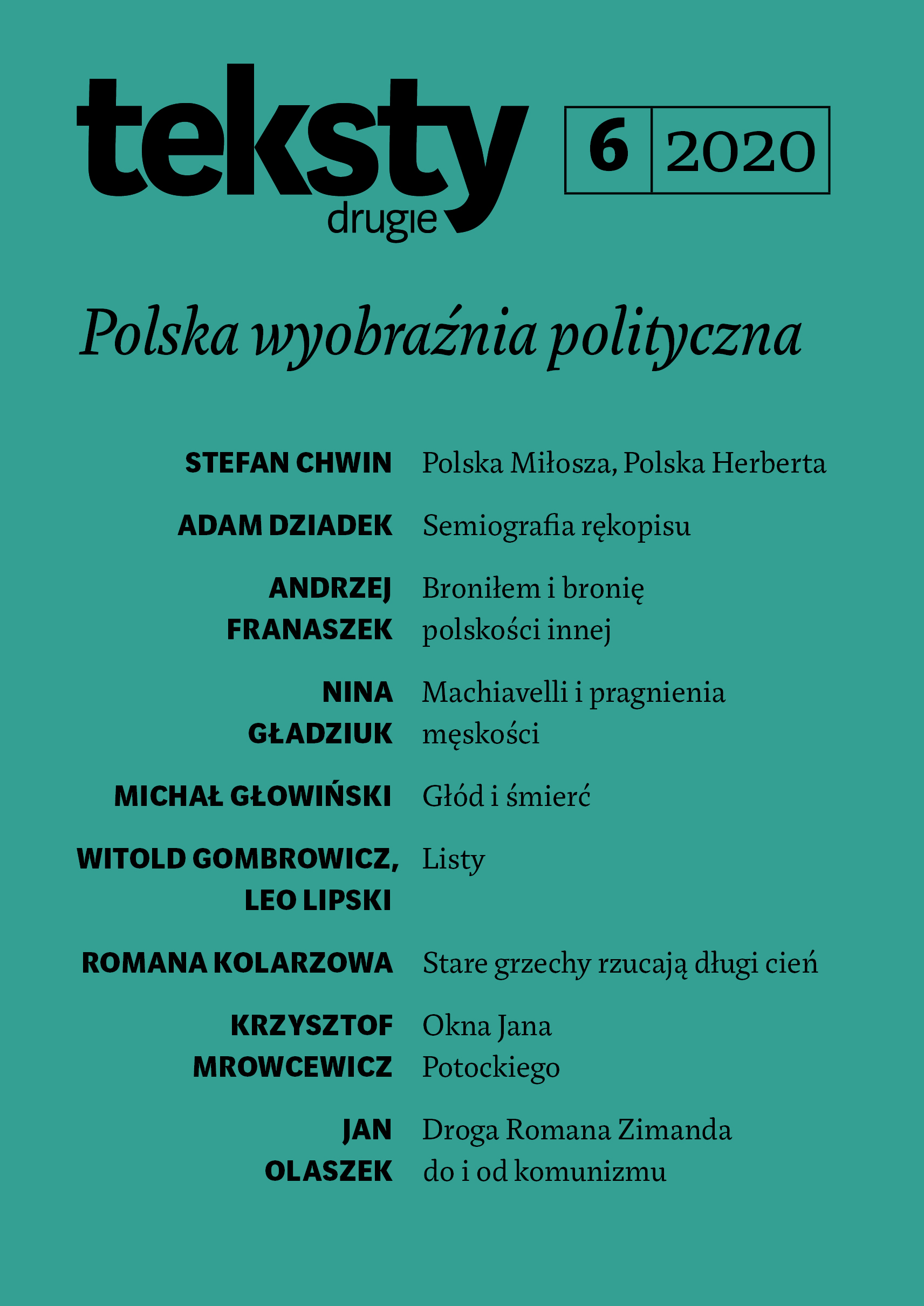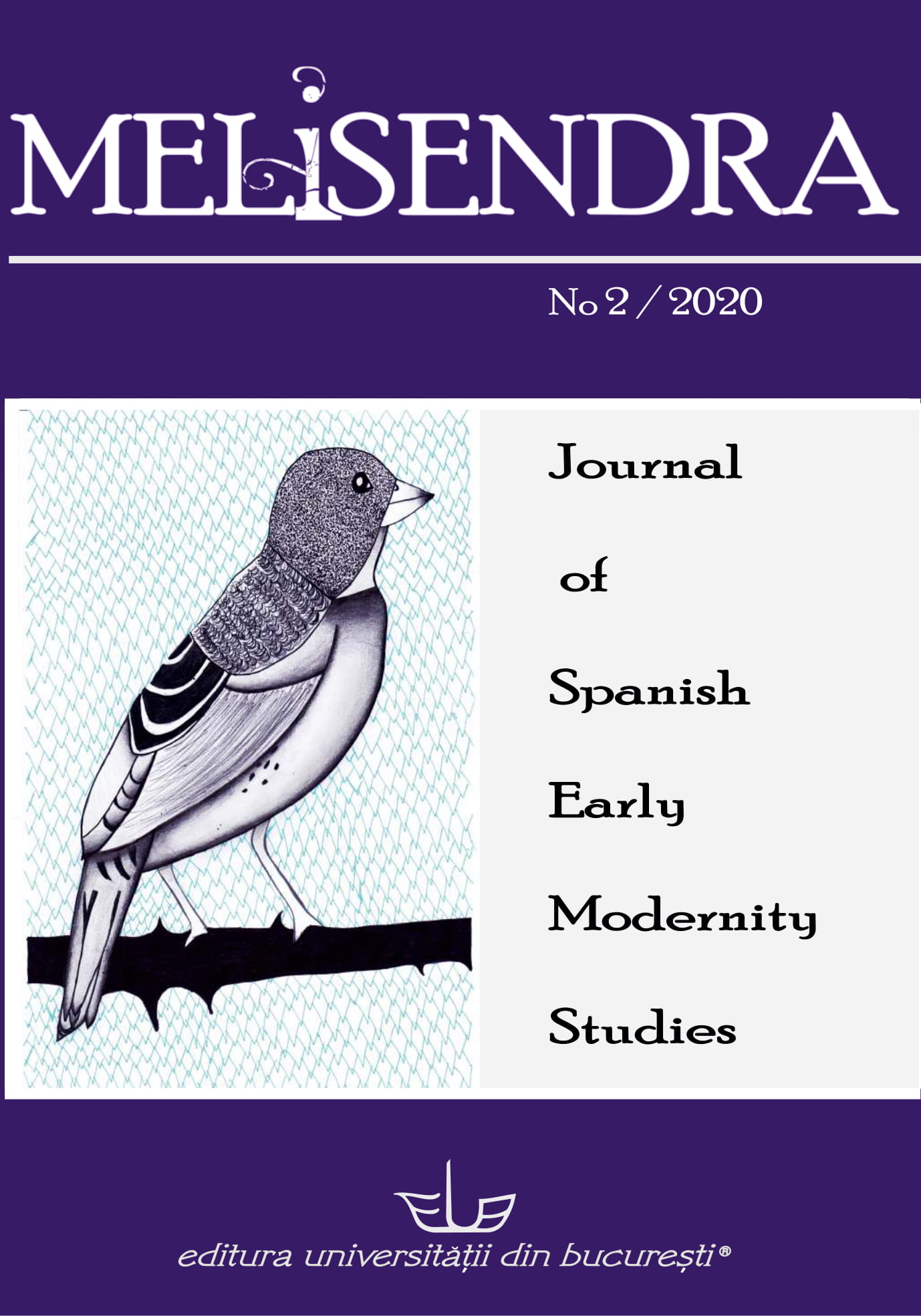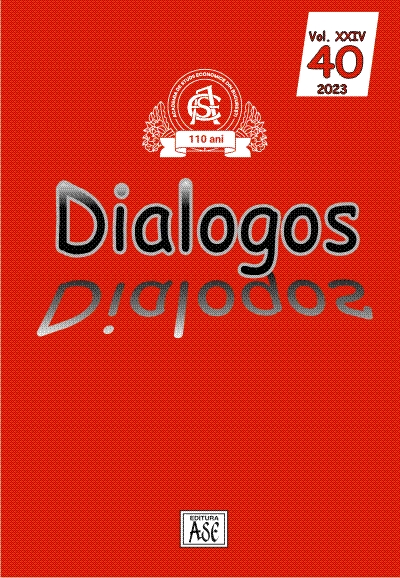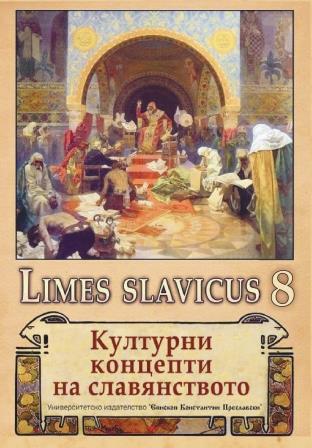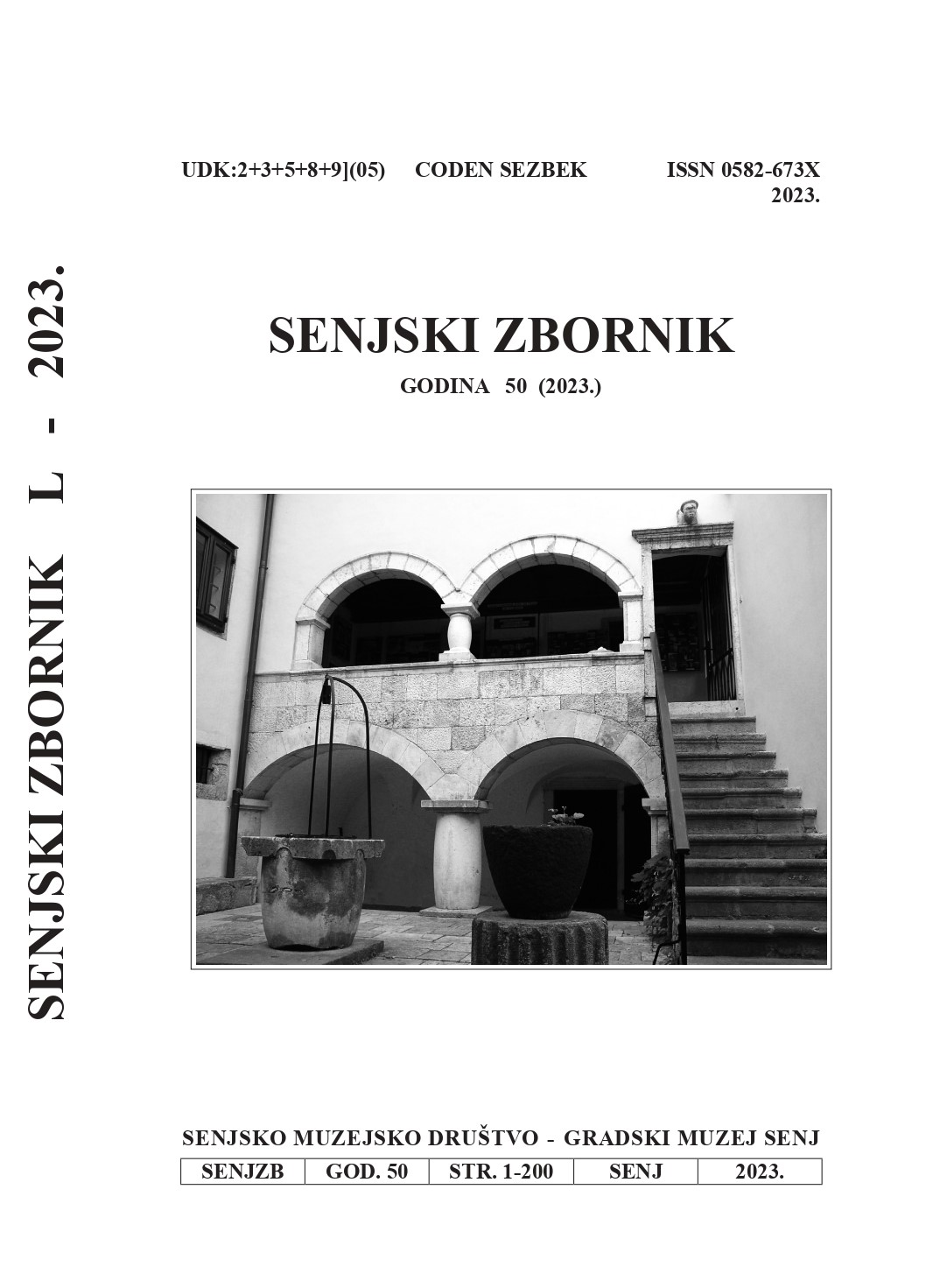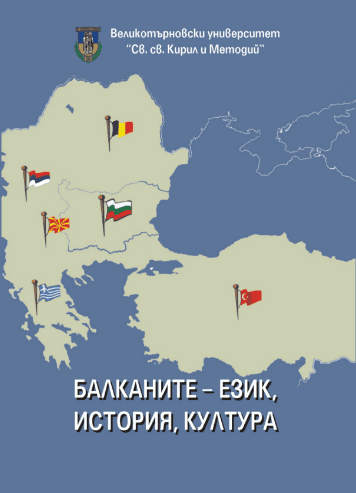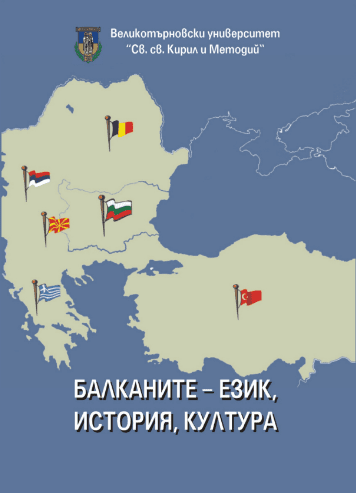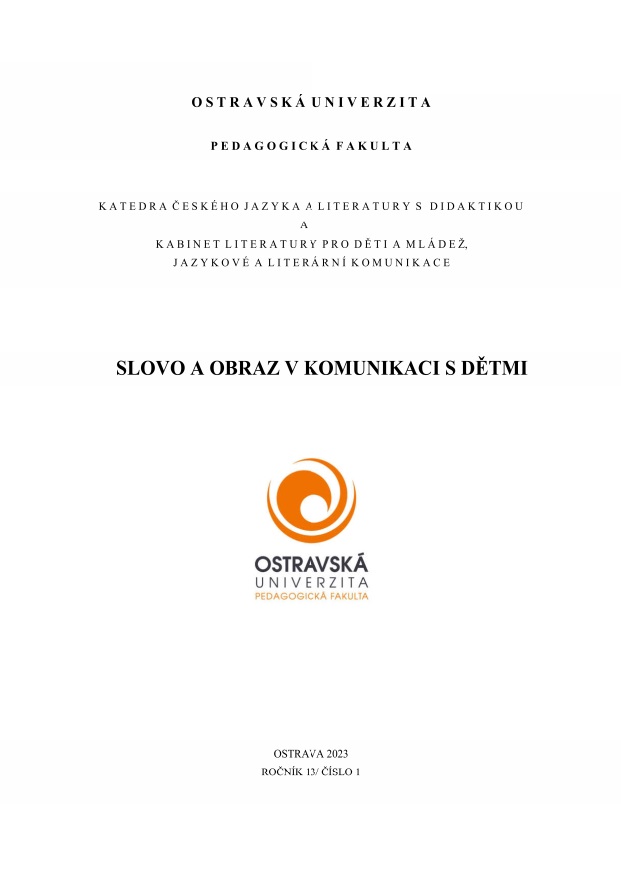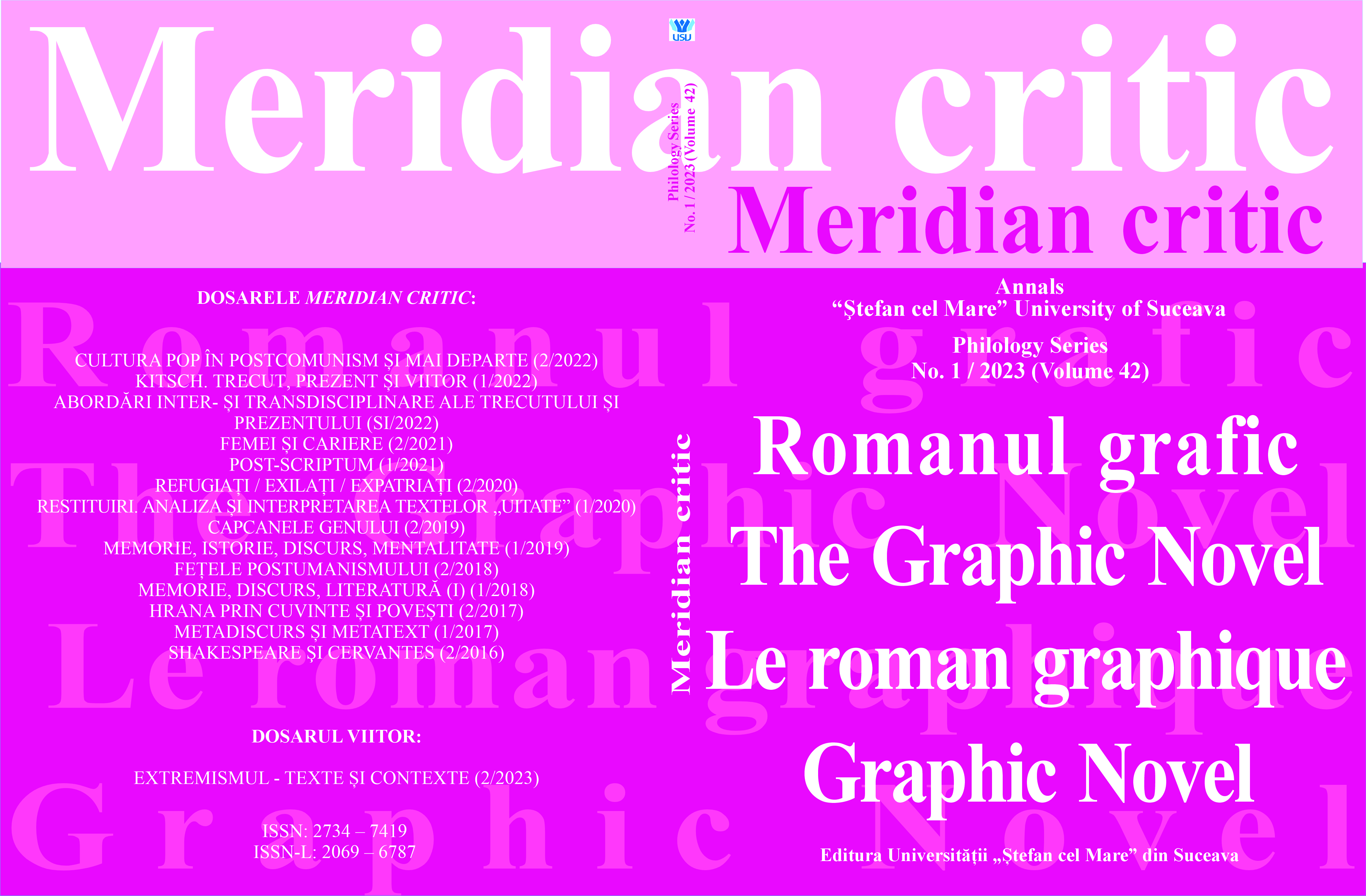Author(s): Mariana Jitari / Language(s): Romanian
Issue: 1/2023
The contemporary Romanian novel of the last three decades, having at its center a child-character, changes the reader’s attitude towards its value also through the building of the narrative from the narrator’s outlook. The author of the text addresses an adult reader, but entrusts the narration to a child’s voice. In this case, both the author and the reader pass a comprehension test, the first simulating authentically the innocent speech, the other receiving the figurative narration as a narration itself (T. Todorov).If Aristotle does not value the character so much, considering that the interest towards this removes the narration from the innate sense (the action matters, the character being just its agent), then, in the modern novel that we analyze, the narrator’s voice deserves special attention. Through it we follow the growing up, transformation and degeneration, education, disillusionment of the child-character.In this article we propose to state the relationship between the author and the narrator, to clarify the hypostasis of the narrator in the text, to constitute the typology of the narrator specific to the contemporary Romanian novel. Capitalizing „The Dictionary of Narratology” by Gerald Prince, we will identify in some novels of the last three decades the narrative voices exposed or faded, homodiegetic or heterodiegetic, dramatized, authorial, having the role of an agent etc.
More...
